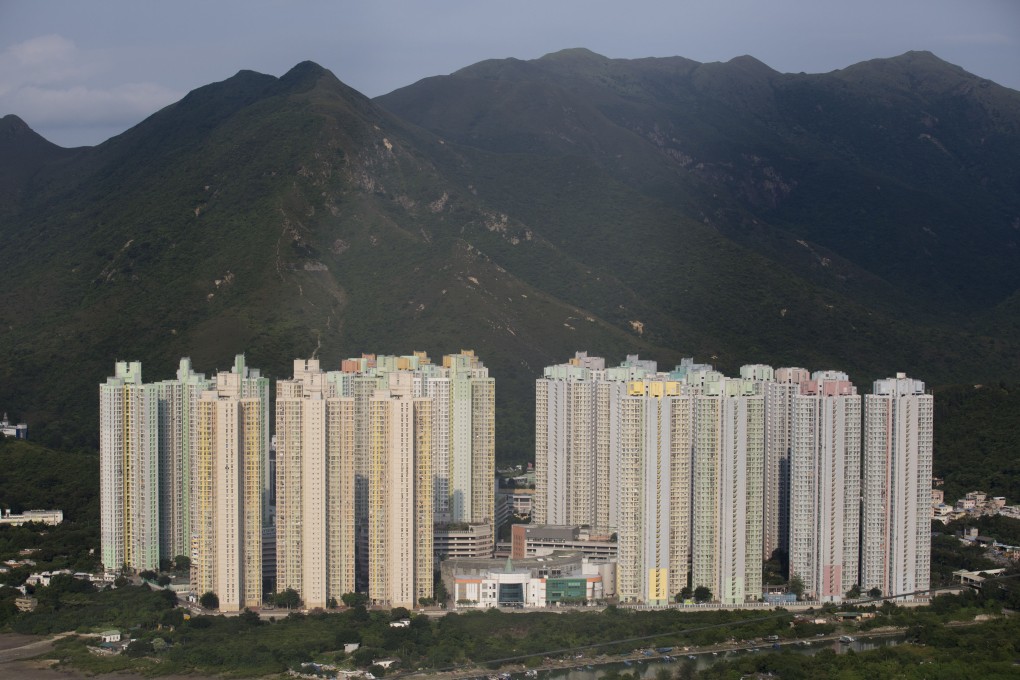Third runway environmental report must be challenged by lawmakers and residents
Edwin Lau calls on Hongkongers to study environmental impact claims

All project developers are required by law to conduct an environmental impact assessment and honestly report the potential effects their project may have.
Yet the government and legislators should not rely solely on such a report when considering whether to approve a third runway for the airport. Given that the project is a strategic development of mega scale, legislators should go beyond the narrow review to demand that the Transport and Housing Bureau conduct a strategic environmental assessment for the whole plan, using much broader perspectives.
This would be a prudent approach to take under the principles of sustainable development.
The Legislative Council has a duty to ask the administration whether the third runway option is more cost-effective and less damaging to the environment than enhancing the two existing runways. The latter option was played down at an early stage by the Airport Authority. It seems society, as a whole, has accepted the authority's swift conclusion that this option could not cope with projected growth. This is a pity; if it works, this option would help Hong Kong avoid yet another white elephant at huge cost to taxpayers.
The environment assessment report was released on June 20. The public has only 30 days to examine the metre-thick documents and raise questions to the Airport Authority. I was a member of the Environmental Protection Department's Advisory Council on the Environment for six years, yet even I find it extremely difficult to digest all the technical data and understand the justification for the report's claims that the impact on air quality, marine ecology, noise levels, public health and the like would be acceptable.
Take the air quality assessment, for example. The Airport Authority bases its claims that the impact on air quality in 2031 would be "acceptable" on the government's 2020 targets of the emission reduction plan for the Pearl River Delta region. Given that authorities are already projecting a reduction of between 15 and 75 per cent of four key air pollutants, the report therefore believes that no serious mitigation measures are required.